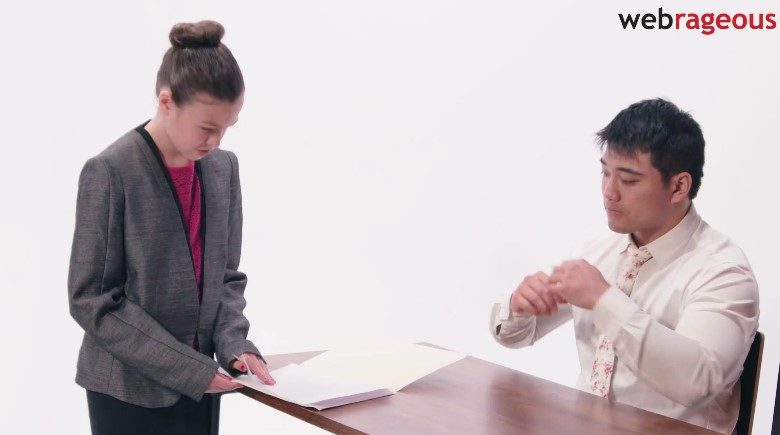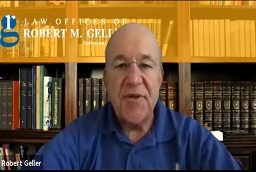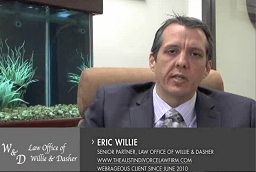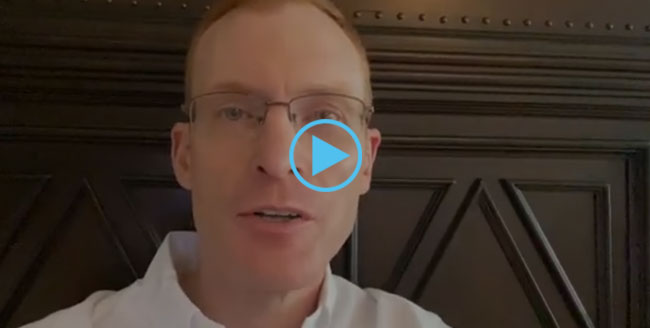When you embark on a PPC Google Ads campaign, one of the most important elements is the actual text you compose. Great Google Ads copywriting blends a harmonious mix of creativity and pragmatism, merging essential keywords with language that is effective, attention grabbing, and incites a call to action. For many, this process is anything but intuitive. If you’re looking to improve your Google Ads copywriting skills, this article will give your creative juices a definitive boost.
Table of Contents
Learn How to Stand Out From the Crowd
Your first tactic is to really think hard about the brand you represent. Make a complete list of brand traits and reputation keywords. Then decipher this awareness into the aspects that make your brand unique. If you don’t have any defining traits that make you a one-of-a-kind company, play upon your greatest strength, but make sure it’s head and shoulders above your competition. When you use those aspects that make you stand out from the crowd, it’s one of the strongest calls to action you can utilize in your PPC ad copy.
Study Your Competitors
Once you have a deep understanding of your own brand and uniqueness, become intimately familiar with your competition. What aspects do the tout as their differentiators? This is another opportunity for you to fine tune your own identity, ensuring that your communications are different and stronger than your competitors. Study what works and what doesn’t work about your competitions’ campaigns, and this will only serve to fortify your own efforts tenfold.
A word to the wise about PPC competitors – they may not be your first instincts. Google Ads is different from other markets and channels, and may prove to have an entirely different selection of top competition. Say you’re a painter who sells your art online and in local galleries. In a print campaign, you’ll be appealing to local art lovers, and compete against fellow artists. With a Google Ads campaign, you may be up against online art sellers, discount framing supplies, and all manner of artistic elements. Once you identify your core keywords, search them specifically to see who your real competitors are; don’t assume these are the same as your other marketing channels.

Need Google Ads Management Help?
Free Google Ads account review for
qualified clients
Almost 20 years experience
Master the Art of Action Calls
Without a doubt, the most crucial part of your PPC ad copy is a whip smart, eye-catching call to action. If your copy is interesting enough to read, but not compelling enough to click, you won’t see a miniscule uptick in results. Calls to action are the very words that convince folks to learn more, buy a product, or subscribe to your service. These have to be rock solid, and just like any creative endeavor, they are a different artform that take a certain amount of practice.
Many folks really on old standbys like “Buy Now”. Yes, these work, but they won’t win you any awards for originality. Standbys work for audiences that are already looking to purchase your goods and services, but they do very little to convert new customers. For the artist selling his or her paintings, they could certainly stick to “Buy fine art today”, or something equally generic. Or they could push the envelope a bit, with calls to action like “The art you’ve dreamt of owning” or “Paintings to light up your home” – something that exhibits the essence of your products in a style and tone that truly draws your buyers in.
Say Yes to Ad Extensions
The size of your ads can impact click-throughs by 1/3; that’s a substantial up-tick. As you solidify your ad copy, research the available ad extensions, and select the one that beefs up your listing. More real estate equates to more attention, and more attention equals more click-throughs.
Metrics Are Your Friends
Nothing spells out the success of your ad copy than your current ad metrics. Watch these like a hawk, then assess the highest performers to find their language commonalities. Every demographic is different, so you may discover that your audience adores creativity, as opposed to standard catch phrases. Of course, the reverse could be true as well. The more you become well-versed on your analytics, the easier it will be to compose ads in the future – you’ll know what works, and why. In future ad campaigns, you can play to these strengths and enjoy increased successes.



















